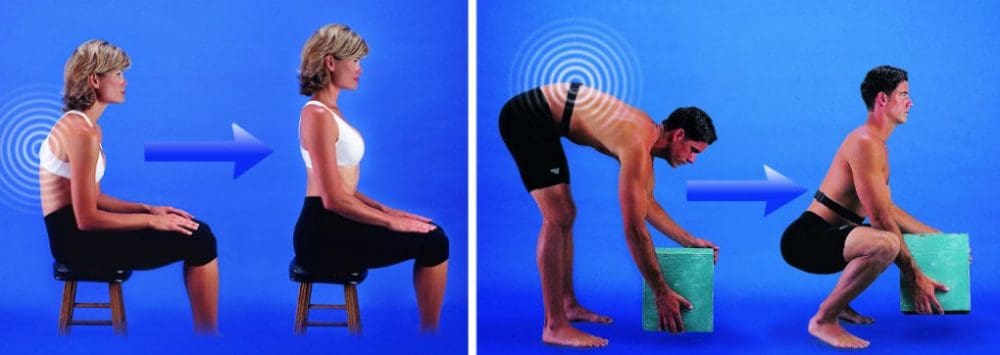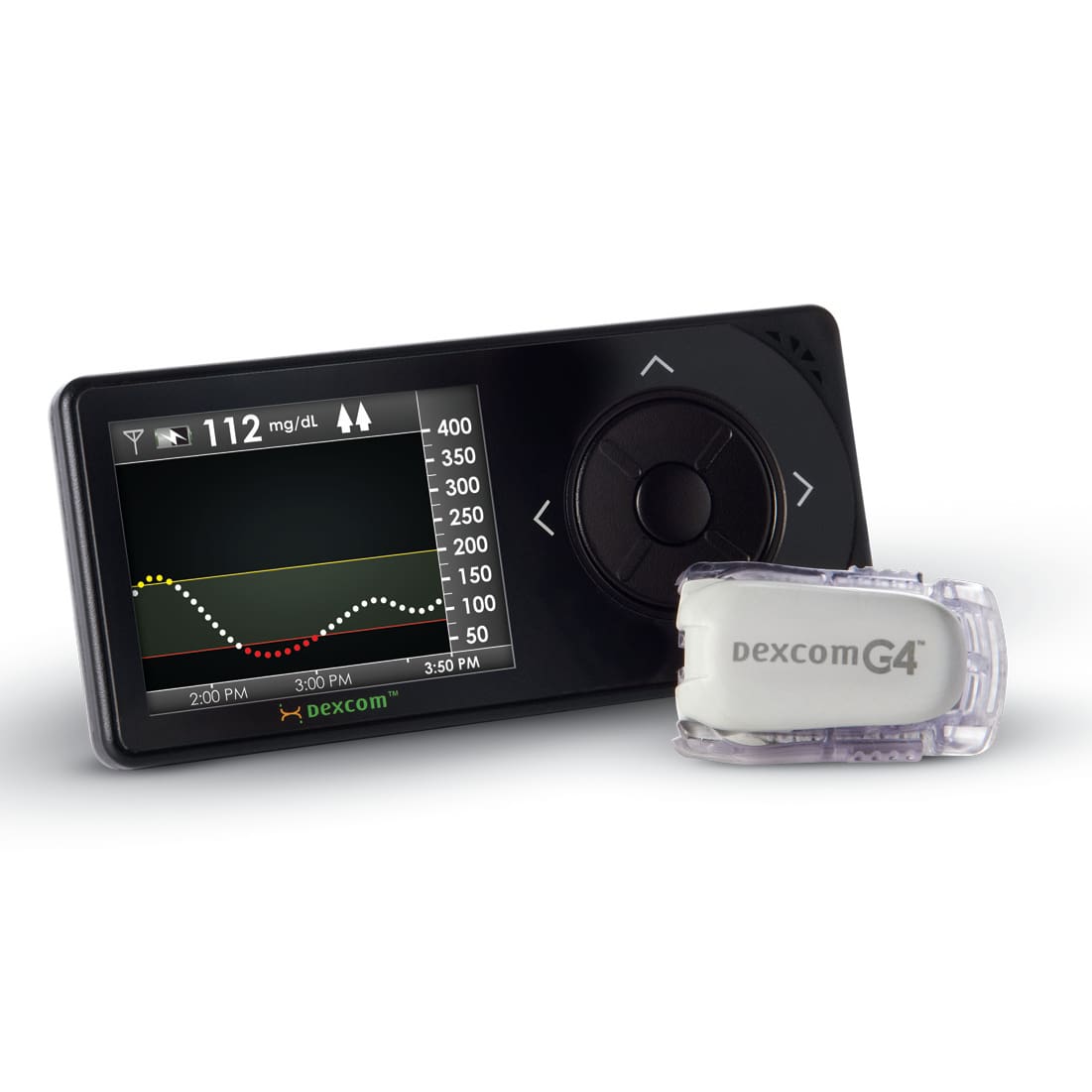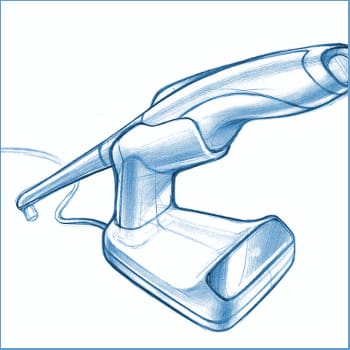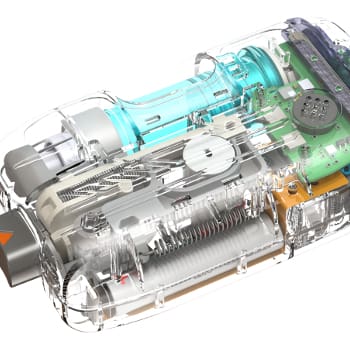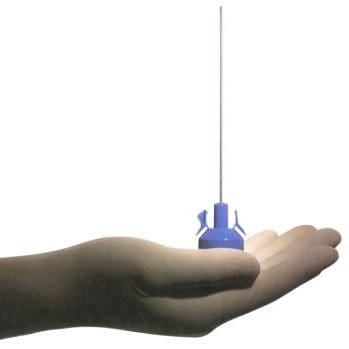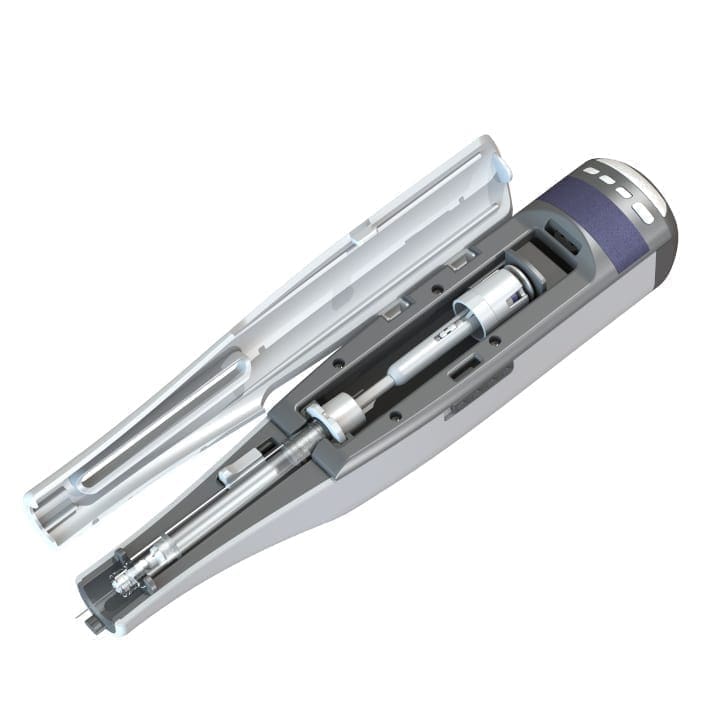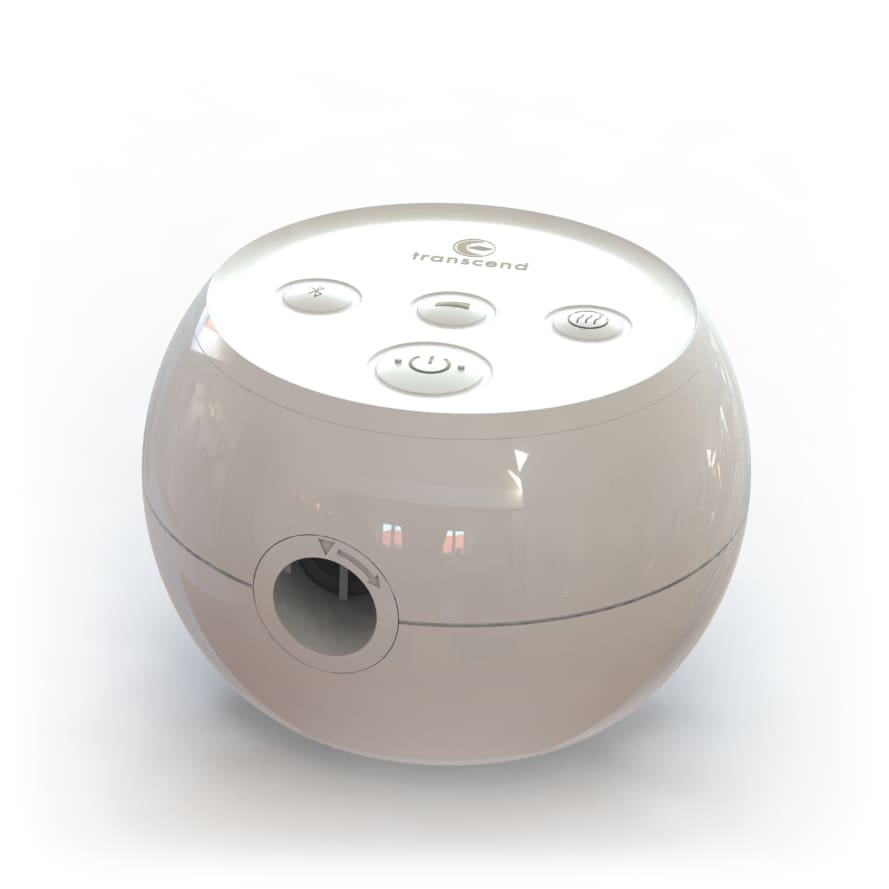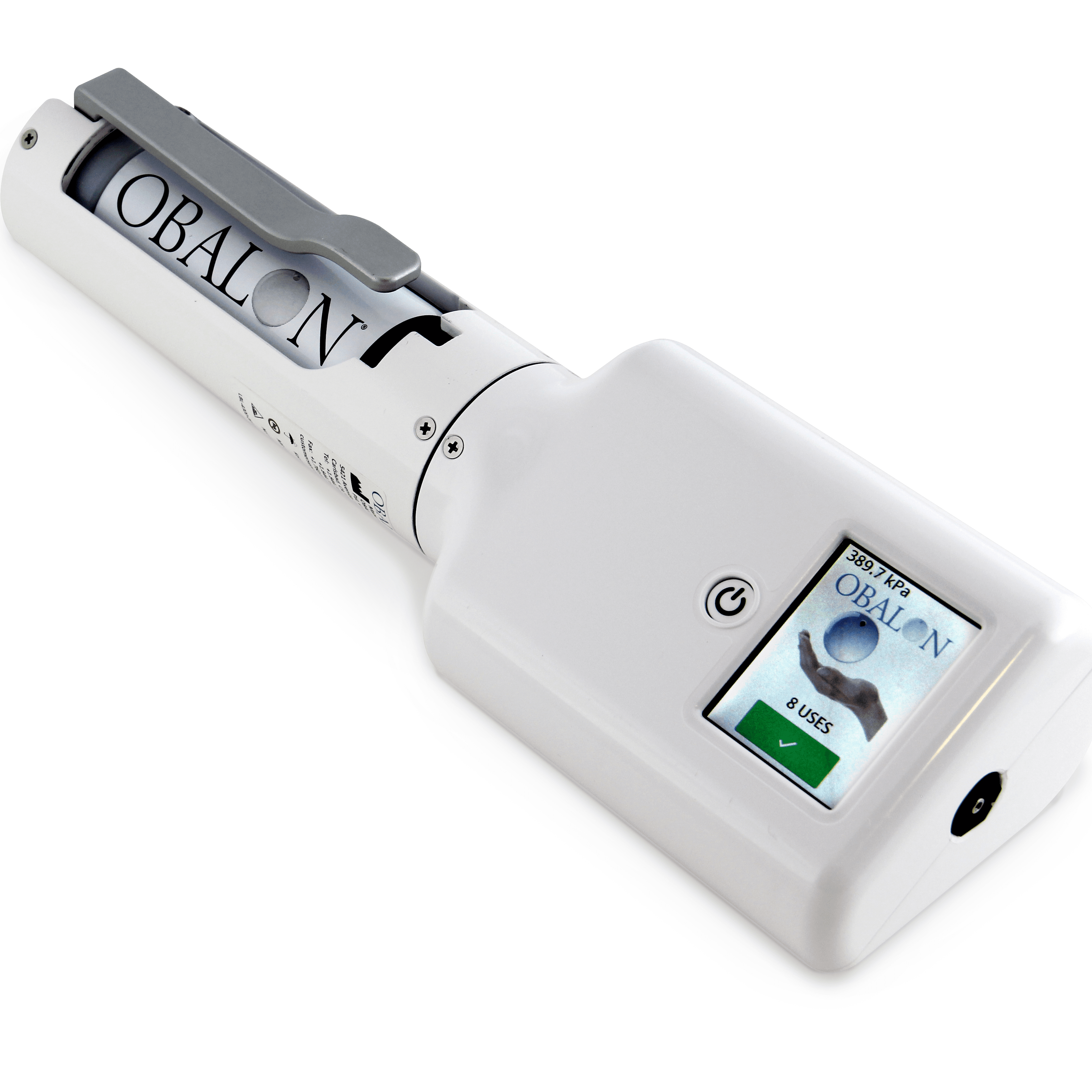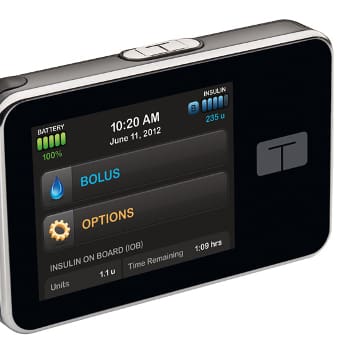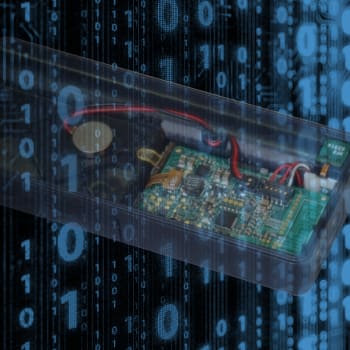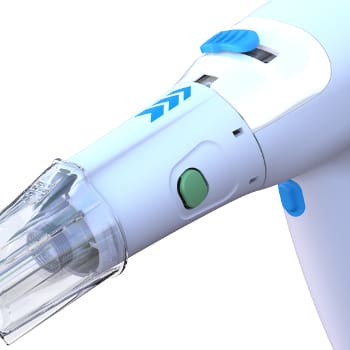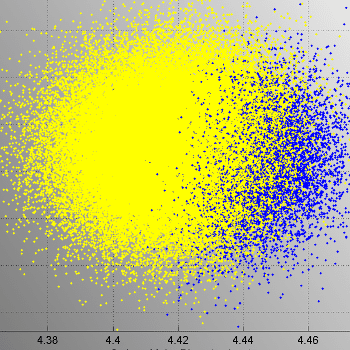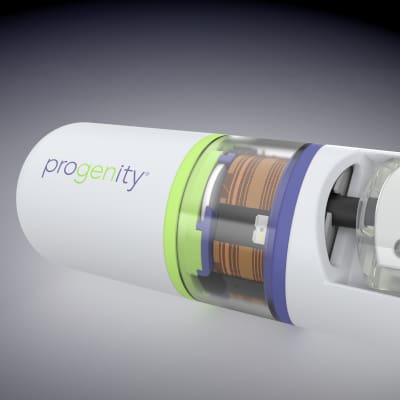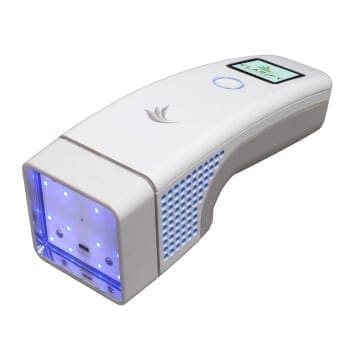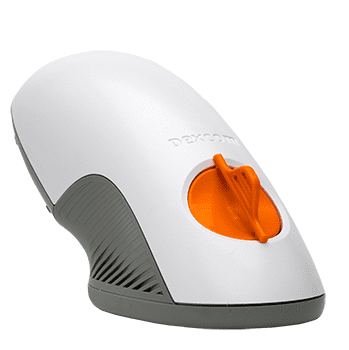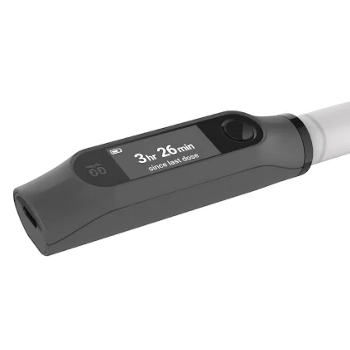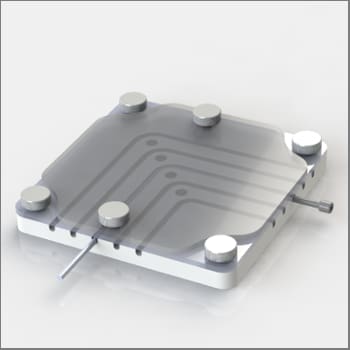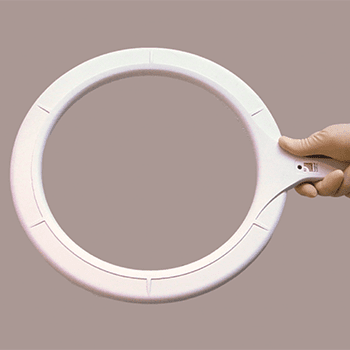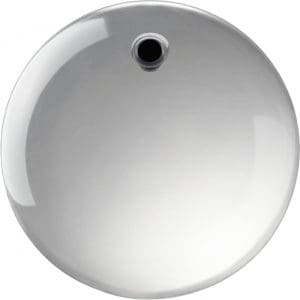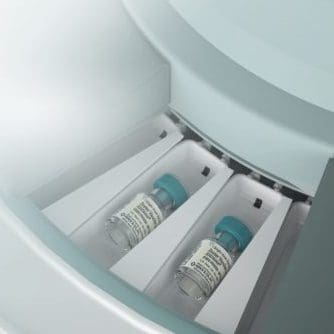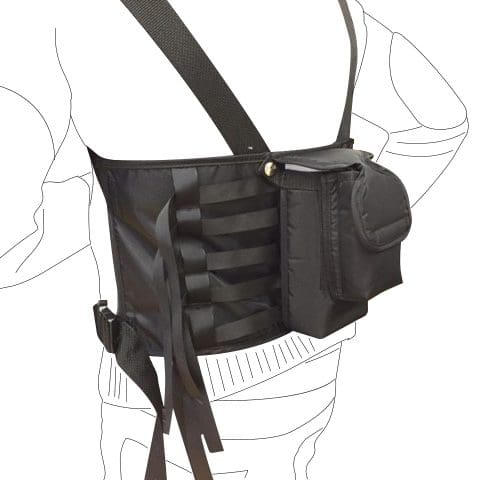BIOFEEDBACK POSTURE TRAINER CORRECTS POOR POSTURE SUBCONSCIOUSLY
No amount of strength or flexibility training, chiropractic treatments, massage, or other techniques will solve poor posture habits. Slouching is a subconscious behavior, and it must be corrected subconsciously through the development of muscle memory. Physical therapists were aware of this, but no effective posture trainer tool existed…
THE MARKET OPPORTUNITY: BIOFEEDBACK-BASED POSTURE TRAINER
A start-up company was looking to develop a device to help users learn to correct poor posture habits. The device needed to be worn comfortably and unobtrusively under clothing and signal the wearer when their posture was poor (excessive kyphosis or lordosis). The device would be sold online directly to patients, and through physical therapy and chiropractic practices.
THE TECHNICAL AND DESIGN CHALLENGES

Most importantly, the device had to be effective, but simultaneously it had to be comfortable to wear, easily concealed when worn under the clothing, and simple to fit and adjust. Once it was accepted that training had to take place primarily subconsciously, biofeedback was the natural solution. The electromechanical sensor was simple: essentially an ergonomic version of a spring-plunger actuated switch. Designing technical clothing and halters that were sheer, but that could provide the proper support for the sensor such that the combination of tension on the garment and the protrusion of the spine would activate the switch, proved to be very challenging. Perhaps more challenging was the effort to educate physical therapists and chiropractors on how to properly prescribe and use the device and the effort to educate patients on the benefits of subconscious training.
THE ENGINEERING BEHIND GREAT PRODUCTS
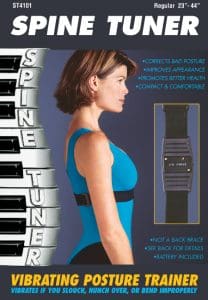
A NOVO engineer designed a pressure sensor and garment system that could effectively detect poor sagittal plane posture in the cervical, thoracic, or lumbar spine regions. The sub-10mm device produced low-level vibration as a signal when the wearer slouched, allowing them to gradually reprogram their subconscious neuromuscular patterns. Lumbar belts, unisex halters, and brassieres were developed for different applications. A simple adjustment screw allowed fine-tuning to the individual patient. The device proved to be extremely effective, producing marked behavior changes in most patients after the first session of use. In addition to training the user to improve standing or seated posture, the device also helped signal proper body mechanics for bending and lifting correctly, reducing the risk of injury.
From concept to distribution, this project took approximately nine months. As users wore the device, they could develop better posture habits which, with time, became second nature. Clinical trials and a 510(k) clearance were completed within one year of launch. The device was manufactured in-house by Clear Sky Products, Inc. and distributed through most major physical therapy product catalogs as well as other major retail outlets. It resulted in U.S. patent 5 749 838.
